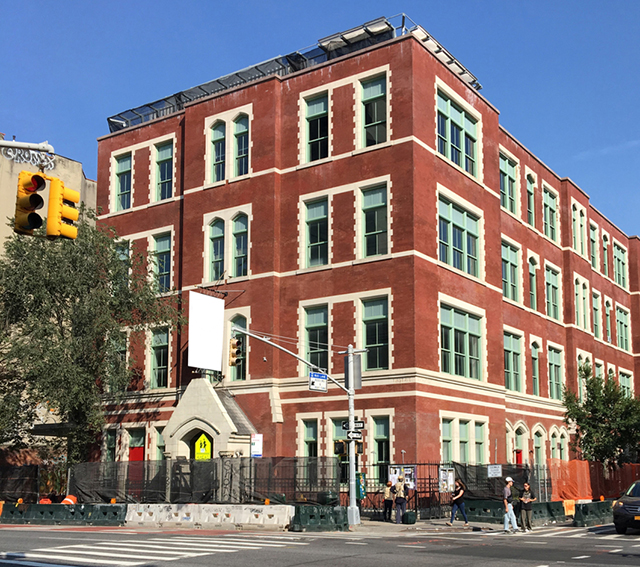
Performance Space New York
150 First Avenue, Fourth Floor
New York, NY 10009
https://performancespacenewyork.org/
From PS122 to Performance Space New York,
what is the mission of the new Director?
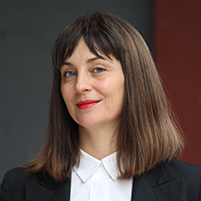
(C) Giorgio Zanardi RCK97
Jenny Schlenzka was appointed Performance Space New York’s Executive Artistic Director in 2017 and is the organization’s first female director. Prior to joining Performance Space, Schlenzka was the Associate Curator at MoMA PS1 in New York, where she established Sunday Sessions, an interdisciplinary, weekly live program. Sunday Sessions has featured hundreds of artists including Honey Dijon, Mette Ingvartsen, Ann Liv Young, Sondra Perry, Terre Thaemlitz, Justin Vivian Bond, and Wu-Tang Clan, as well as new commissions by Hannah Black, Trajal Harrell, Ragnar Kjartansson, Mårten Spångberg, Anne Imhof, Matthew Lutz Kinoy and Tobias Madison. In addition to her event program, Schlenzka developed an interest in performance within the exhibition format, organizing the New York presentation of Retrospective by Xavier Le Roy (2014) and Anne Imhof: DEAL (2015). Between 2008 and 2012, Schlenzka was the Assistant Curator for Performance in the Department of Media and Performance Art at The Museum of Modern Art. She holds an MA in Cultural Studies from Humboldt University, Berlin. She is a recipient of the Yoko Ono Courage Award.

Performance Space New York
150 First Avenue, Fourth Floor
New York, NY 10009
https://performancespacenewyork.org/
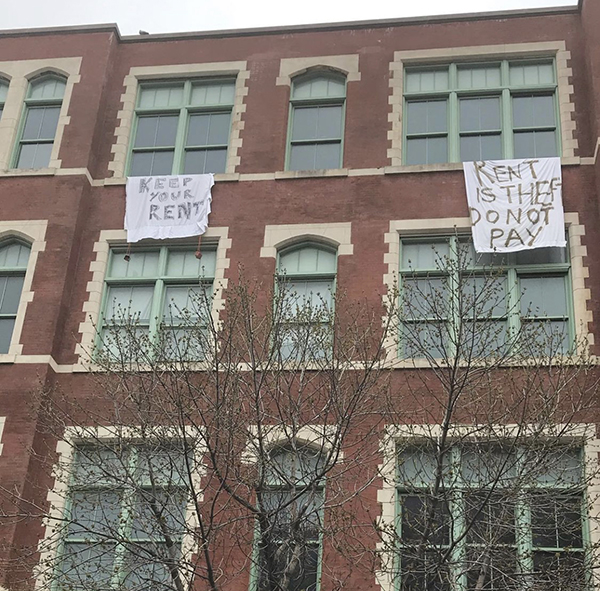

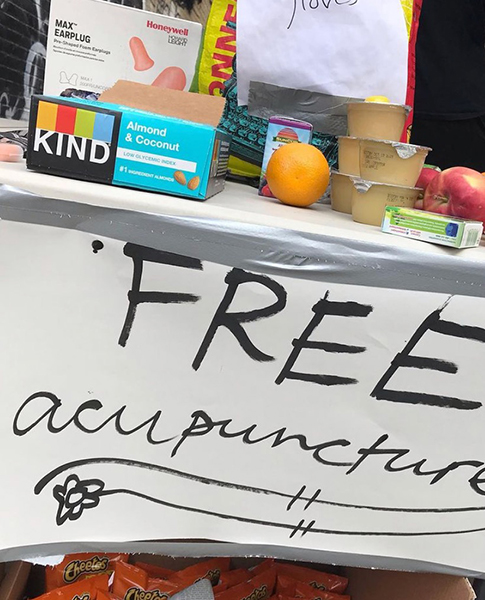
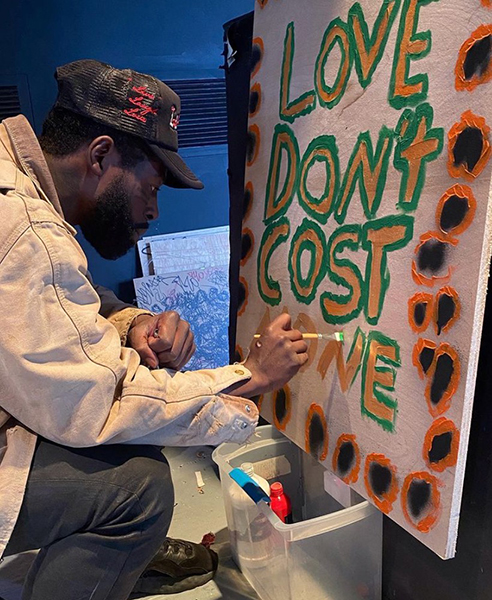
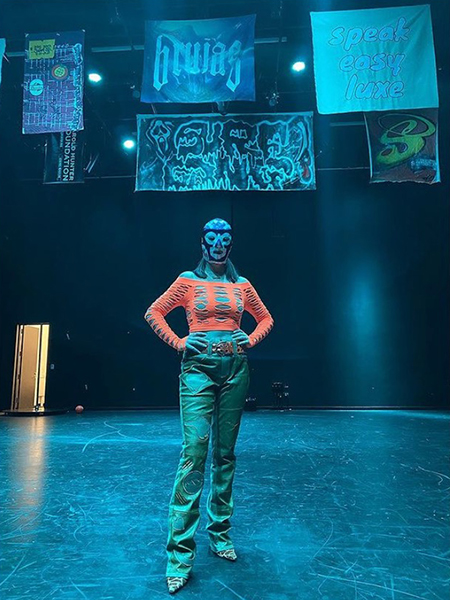
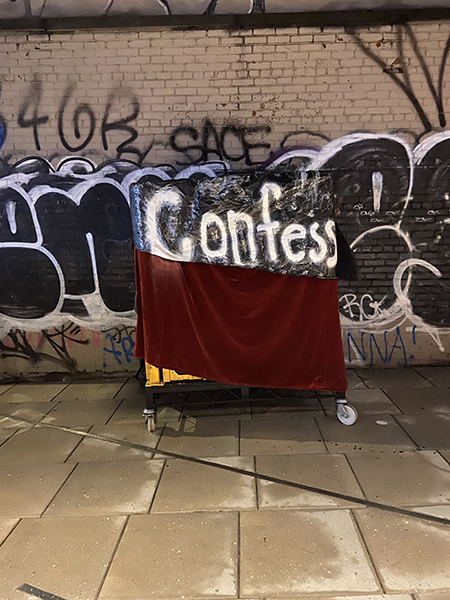
02020
©Performance Space New York
Performance Space New York
https://performancespacenewyork.org/
*1 MoMA PS1 is one of the oldest and largest nonprofit contemporary art institutions in the United States. It was founded in 1971 as the Institute for Art and Urban Resources Inc., and later became P.S.1 Contemporary Art Center. Since 2000, the institution has been affiliated with the Museum of Modern Art (MoMA). MoMA PS1’s diverse program encompasses more than 50 exhibitions each year, including artists’ retrospectives, site-specific installations, and historical surveys, as well as music and performance programming.
*2 Jade Kuriki Olivo, also known as Puppies Puppies, is a Brooklyn-based conceptual, performance, and installation artist. Her early conceptual works were created under the pseudonym that avoided the specificity of gender, origin, and individualism. She is known for appearing in the costumes of SpongeBob or the Statue of Liberty. Beginning in 2018, the artist revealed her identity as a trans woman whose mother is Japanese and father is Indigenous/Puerto Rican. In December 2021, she won the Museum of Contemporary Art Cleveland’s second Toby’s Prize.
*3 The Met Ball, also known as the Met Gala, is an annual fundraising gala for the benefit of the Metropolitan Museum of Art’s Costume Institute in New York City. The event is one of the biggest fashion events where invited celebrity guests wear outfits by the most prominent designers and walk the red carpet.
*4 Storyboard P, whose real name is Saalim Muslim, is a Bessie-Award-winning dancer and choreographer from Brooklyn. He was dubbed “the Basquiat of street dance” by The New Yorker. He has worked with artists such as Kahlil Joseph, Arthur Jafa, and Jay-Z.
https://youtu.be/CiOjKotMqO0
*5 Flex or Flexing is a style of street dance from Brooklyn in which dancers bend and flex their bodies beyond a human’s normal range of flexibility.
*6 Colin Self is an artist, composer, and choreographer, who is based in New York and Berlin. They compose and choreograph music, performance, and environments for expanding consciousness, troubling binaries, and boundaries of perception and communication. Self has presented work at The Dutch National Opera, HAU Berlin, The New Museum, MoMA PS1, The Kitchen, and Issue Project Room, among various other festivals and venues internationally.
http://colin-self.com/
*7 Ariana Reines is an award-winning poet, playwright, performance artist, and translator. Her most recent book of poetry is A Sand Book, which was longlisted for the National Book Award. Reines has created performances and art projects for the Whitney Museum, Solomon R. Guggenheim Museum, and Stuart Shave Modern Art, among others.
https://www.arianareines.net/
*8 Brontez Purnell is a writer, musician, dancer, filmmaker, and performance artist. He is the author of several books including Since I Laid My Burden Down and the zine Fag School; frontman for the punk band The Younger Lovers; and founder of the Brontez Purnell Dance Company.
*9 Monica Mirabile is a New York-based artist and one half of FlucT, a performance duo with Sigrid Lauren. She is also a founder of Otion Front Studio, an affordable performance practice studio in Brooklyn.
https://monicamirabile.com/
*10 COIL Festival was Performance Space 122’s annual winter festival, which was held from 2005 to 2018, showcasing contemporary performances from the U.S. and around the world.
*11 Klaus Biesenbach is currently the Director of the Neue Nationalgalerie in Berlin, Germany. He is a former director of the Museum of Contemporary Art Los Angeles, former Chief Curator at Large at the Museum of Modern Art in New York, and former director of MoMA PS1.
*12 The Museum of Modern Art expanded its campus, which was opened in October 2019. As part of the expansion project, the museum created a new multi-use space called the Marie-Josée and Henry Kravis Studio for live and experimental programming.
*13 Marina Abramović: The Artist Is Present, a retrospective of Abramović’s work, was held at the Museum of Modern Art from March to May 2010.
*14 Tino Sehgal does not permit his pieces to be photographed or filmed. When he sells his art, the acquisition process is entirely verbal. In 2010, The New York Times Magazine reported the MoMA acquired his work Kiss (2003) for $70,000: “Since there can be no written contract, the sale of a Sehgal piece must be conducted orally, with a lawyer or a notary public on hand to witness it. The work is described; the right to install it for an unspecified number of times under the supervision of Sehgal or one of his representatives is stipulated; and the price is stated. The buyer agrees to certain restrictions, perhaps the most important being the ban on future documentation, which extends to any subsequent transfers of ownership.” In 2020, MoMA lent Kiss to the Guggenheim when they held Sehgal’s exhibition.
https://www.nytimes.com/2010/01/17/magazine/17seghal-t.html
*15 When museums acquire Roman Ondak’s pieces, they typically consist of written instructions. Museums are allowed to document the implementation of the work.
*16 In 2015, the Museum of Modern Art finalized the acquisition of Simone Forti’s Dance Constructions (1960-61). The pieces consist of simple actions and minimalist objects made of plywood and ropes. The Museum acquired the rights to perform the dances, objects, extensive writings by Forti, and a set of instructions, which include teaching videos, sketches, historical photos, notebooks, and recorded interviews. In 2016, the Museum in collaboration with Danspace Project hosted a series of workshops to train younger performers.
https://www.moma.org/explore/inside_out/2016/01/27/moma-collects-simone-fortis-dance-constructions/
Related Tags